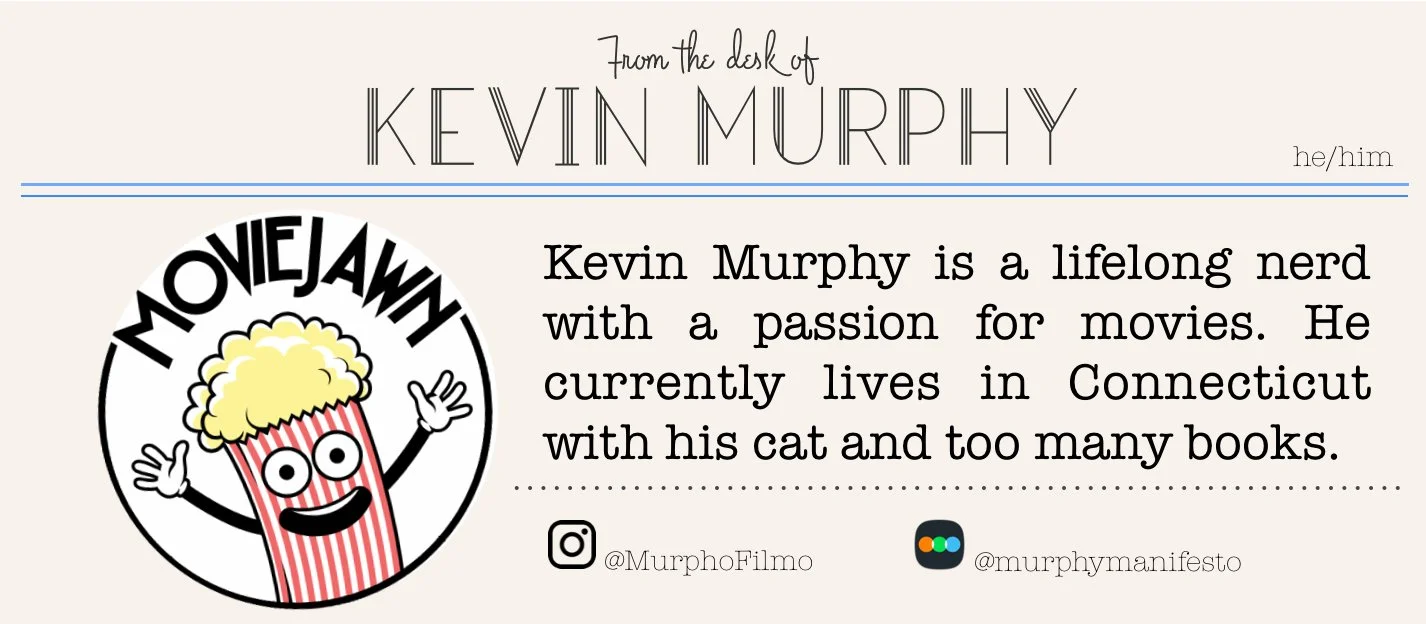THE CONVERT depicts colonialism in New Zealand with mixed results
The Convert
Directed by Lee Tamahori
Written by Shane Danielson and Lee Tamahori
Starring Guy Pearce, Tioreore Ngatai-Melbourne, Antonio Te Maioha
Unrated
Runtime: 119 minutes
Available digitally for rent or purchase October 14
by Kevin Murphy, Staff Writer
Western imperialism, especially that of Britain, has left such a mark on the world that it is still the focus of a number of works–largely criticizing it for the pain that it has caused indigenous peoples for centuries. It’s depressing to see the similarities between the expansions into the American West, the Australian continent, and the islands of New Zealand, and there’s many films that explore this history, like Jennifer Kent’s The Nightingale or even Quigley Down Under’s direct line between the American West and the Australian Outback. The Convert fits in well with these other works, especially since the Māori culture is underrepresented in media, however, giving the story a unique flavor despite its general familiarity.
It’s no surprise, then, that the greatest strength is how the film showcases the Māori culture, with a decent amount of its dialogue being in the language with subtitles, a brief focus on rei puta and the tāmoko, and demonstrations of the haka. It’s all the more refreshing because of how organic it feels, rather than like a spectacle on display for the sake of onlookers. Cinematically speaking, the film shines in its stark visuals and performances. New Zealand is a beautiful land, and Aotearoa in particular is breathtaking even in the muddy flats where the town is situated, and even more so in the lush foliage where the latter half of the film takes place. The acting is worthy of this setting, with Guy Pearce putting in some mighty work that does not steal the spotlight from Tioreore Ngatai-Melbourne’s truly stunning turn as Rangimai.
However, its themes don’t fully deliver on its intentions. The hypocrisy of the Christian British settlers speaking of the history of civilization held in the hymns they sing in the pews, ignorant of the history beyond the bounds of their settlement, is insufficiently developed even though I wouldn’t want even more focus on this side of the film. The straightforward honesty of the Māori offers a solid contrast to this, at the expense of perpetuating the mythology of the “noble savage” which undermines the attempts to portray Māori culture in a respectful manner.
The real missed opportunity here is a greater focus on Rangimai, who could easily become a primary vehicle for the story after Munro introduces us to the landscape. While it would not be the easiest change, necessitating a fair bit of rearranging, hers is the greater tragedy and transformation over the course of the film. Munro makes for a solid main character, and the guilt over his past dictates his present beliefs and actions, but it amounts to a well-done iteration of a well-traveled character concept of the ex-British soldier, and the shift to the indigenous perspective would help provide another fresh aspect.
It is one of the greater flaws as well that the Māori are shown having their roots in violence, emphasizing the “savage” side of the trope. Perhaps it’s a charitable reading to look at the violence seen in the film as a function of British influence; not entirely–conflict between groups certainly predates the arrival of the Empire–but the way that it is accelerated by the supply of guns from British merchants. With this in mind, the final stretch building into the climactic battle is less a struggle between Māori tribes than it is the inevitable domination of Western weaponry over everything that is not of the Empire, and the seemingly-hopeful ending can’t overcome the sense that the freedom they’ve briefly secured has an expiration date.
This is a fine production with strong cinematography, writing, and acting; however, the film fails to untangle itself from those problematic conventions which exist as a lasting result of the imperialism it comments upon, which is unfortunate. Nonetheless, I have to praise its attempts to avoid them and its focus on the overlooked cultures and history of New Zealand, and particularly its extensive use of Māori language. Much like the history, the film is complicated. I found it to be a flawed and well-intentioned film that is worth a watch, but I will not claim sufficient awareness of all these aspects to truly determine where the balance falls.



